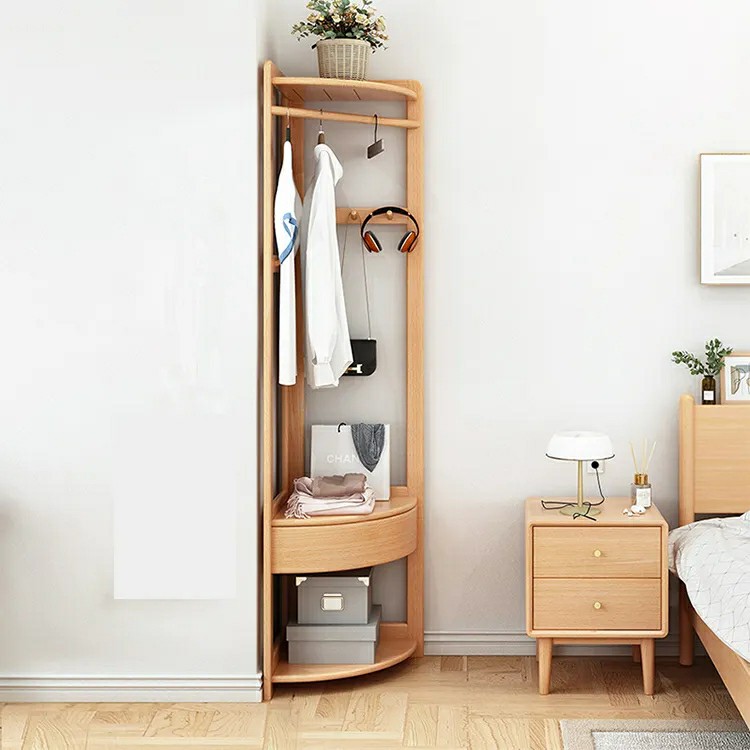Bamboo, a versatile and sustainable resource, has become a significant player in the global furniture market. Its rapid growth rate and eco-friendly properties make it an ideal material for modern furniture design. As the world shifts toward sustainability, bamboo furniture has gained international popularity, transcending cultural boundaries and fostering a unique exchange of ideas and styles.
The Rise of Bamboo Furniture in the Global Market
In recent years, the demand for bamboo furniture has surged across Asia, North America, and Europe. The global market for bamboo furniture is driven by consumers’ increasing awareness of environmental issues and their preference for sustainable products. Bamboo’s durability, combined with its lightweight nature, makes it a practical choice for furniture manufacturers and buyers alike.
The Asian market, particularly China, has long been a leader in bamboo production and utilization. Chinese craftsmanship in bamboo furniture has been refined over centuries, with techniques passed down through generations. Today, Chinese bamboo furniture is exported worldwide, influencing design trends and inspiring artisans globally.
In North America and Europe, the appeal of bamboo furniture lies in its blend of tradition and modernity. Designers in these regions are incorporating bamboo into contemporary styles, often combining it with other materials like metal and glass. This fusion of East and West creates unique furniture pieces that appeal to a diverse customer base.
Cultural Exchange Through Bamboo Furniture
Bamboo furniture’s global journey is not just about trade; it’s also about cultural exchange. As bamboo furniture enters new markets, it brings with it the rich cultural heritage of the regions where bamboo is traditionally grown and used. For instance, the intricate weaving techniques used in Southeast Asian bamboo furniture reflect the cultural identity of those communities, offering a glimpse into their way of life.
At the same time, Western designers are reinterpreting bamboo furniture with their own cultural influences, creating pieces that resonate with local tastes while maintaining the essence of the material. This exchange of ideas and styles enriches the global furniture industry, fostering a deeper appreciation of diverse cultures.
Moreover, international trade fairs and exhibitions have become platforms for showcasing bamboo furniture, facilitating cultural exchange on a grand scale. These events allow designers and manufacturers from different parts of the world to share their innovations, learn from one another, and collaborate on new designs.
The international market for bamboo furniture is more than just a business opportunity; it is a bridge between cultures. As bamboo furniture continues to grow in popularity, it not only contributes to a more sustainable future but also promotes a global appreciation of cultural diversity. By embracing bamboo furniture, consumers and designers alike participate in a meaningful exchange of traditions, ideas, and values that transcend borders.
Post time: Aug-16-2024







